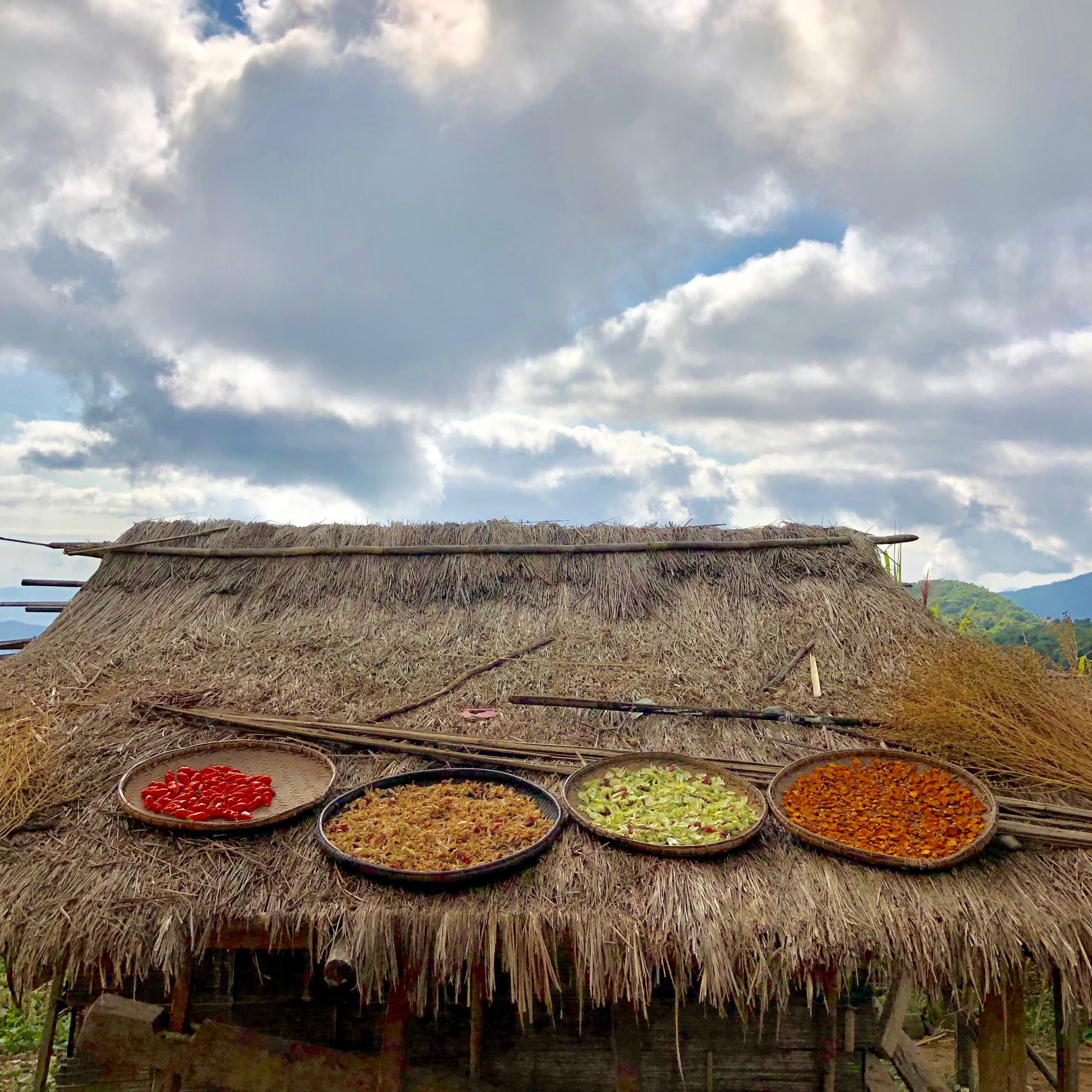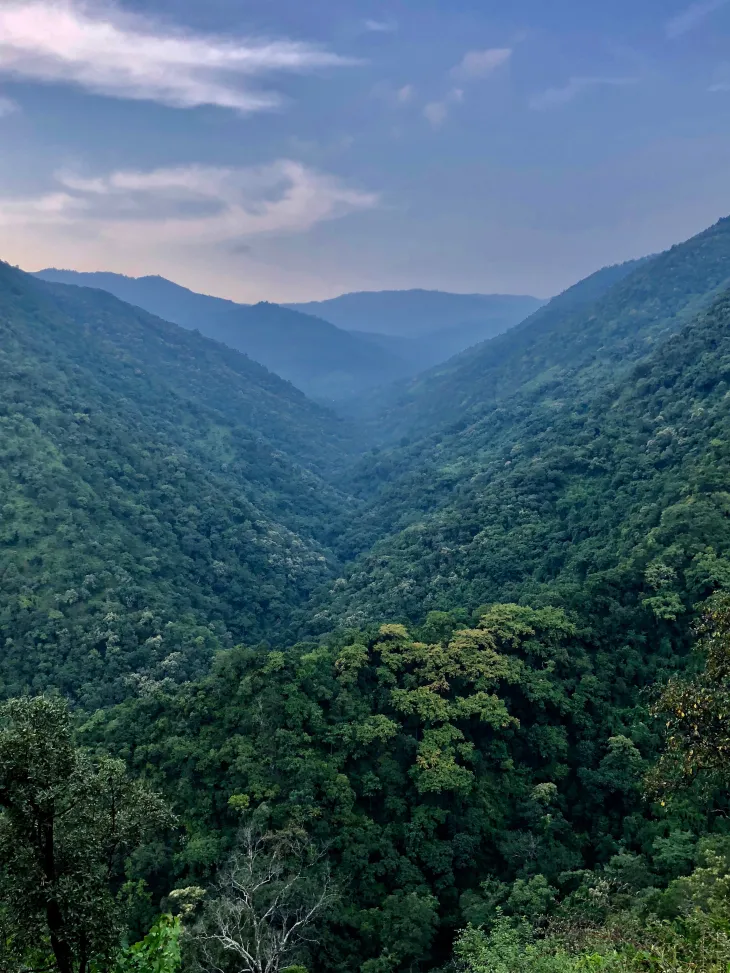
In the final part of this series, Bobby Anderson elaborates on the realities of opium-growing areas of Chin state, and their divergence from both existing stereotypes and the triage described in Part One and Two.
This three-part series discusses historical and contemporary insurgency and opium cultivation in Myanmar, and the conditions in which the drug trade supports territorial control, either for the state or its rebels. It focuses particularly on northern Chin state—an outlier in that a thriving opium trade there does not finance an insurgency. In Part One, I described the factors that lend to the durability of a given insurgency in Myanmar over time: geography, resources, and people. I then explained this interplay of drugs and insurgency across decades in Myanmar, before turning, in Part Two, to Chin state, Tonzang in particular, to examine how that area fits into the triage of crime and insurgency described in Part One. Part Three describes opium-growing areas I’ve visited, and how they differ from the stereotypes we often hold about such places. This is followed by the conclusion of this series, which considers opium as a proxy indicator for the coerced integration of non-market-reliant peoples into markets, from resource security to cash insecurity.
The reality of Tonzang’s opium-producing areas is that, unlike the imagery of opium we have from the KMT heyday of entire hillsides cleared, a distinct minority of persons in Tonzang are involved in growing opium, and a distinct minority of those persons use opium. The majority of persons in these areas go about their daily lives in the midst of a trade that only figures as one among many. In the villages immediately north of Tonzang town, the start of the January-March opium harvesting season may cause school attendance to temporarily drop, but this isn’t because kids are joyfully getting high under trees. It’s because the payment for field hands at that time is relatively extremely high, at 10,000 kyat a day. Further, the lack of enforcement—indeed, the presence of taxation—removes, in part, the stigma. These people aren’t junkies; addiction here is frowned upon and preached against by churches that retain the power they have lost elsewhere.

The irony of decriminalizing the state so that it may criminalize the communities it once profited from the sweat of remains.
It wasn’t only eradication that worked: over this period, the state arrived in the lives of hill tribes in more beneficial ways. Civil servants were stationed in remote tambons; health clinics and schools were built, and teachers arrived to teach the Thai curriculum. Electrification and telecommunications and transportation infrastructure encroached upon these communities, binding them within the web of the state and the market.
Although it is a cliché to say that Myanmar’s countryside, its peripheries in particular, are much like the highland Thailand of seventy years ago, there is some truth to it. The transition of farmers away from opium will take decades, and is determinant upon a continued consolidation of territory by peaceful or warlike means, in places that have nothing—and everything—to do with Tonzang.

In Myanmar’s frontiers, Tonzang is more the rule than the exception. It is relevant in that state-building and “development” occurs there in a so-far uncontested, and therefore, unobserved manner. It fails to attract attention because the typical bromides that hack journalists seek to utter across Myanmar find no purchase there. But in Tonzang and along the entirety of the country’s frontiers, the Union of Myanmar has spent the last seven decades in a state of gradual consolidation, and this continues, not only in the violence and stalemate of Northern Shan and Kachin and Rakhine States, but in myriad other corners undistinguished by air strikes and refugees, where we can still discern the less sanguine moving parameters of an ongoing colonial endeavor by an ambitious outside power, of which an implicitly Bamar Union is only the latest incarnation.
The British before them sought to consolidate the lowlands with the assistance—indeed, favor—of highland peoples, and since independence, the Tatmadaw and the civilian government have flipped this on its head. What occurs now is reminiscent of the Konbaung dynasty—the indigenous colonizer that pre-dated the British, and which conquered Assam, the broad and fertile plain to Tonzang’s further north. The British vilified and then destroyed the Konbaung dynasty in part because they recognized the tanner-faced colonialism of a kingdom which regarded itself as superior, and which their own empire, with a similar self-regard that required a monopoly on such ego, could therefore not countenance.
Bobby Anderson (gletkin@gmail.com) is a Myanmar-based Research Associate at the School of Oriental and African Studies, University of London. He thanks Jasnea Sarma for her comments on an earlier draft.
Notes
Like This Article
March 06, 2024
February 22, 2024
October 14, 2021

Center for Southeast Asian Studies, Asian Institute 1 Devonshire Place Toronto, Ontario, M5S 3K7, Canada
©TeaCircle All Rights Reserved 2023